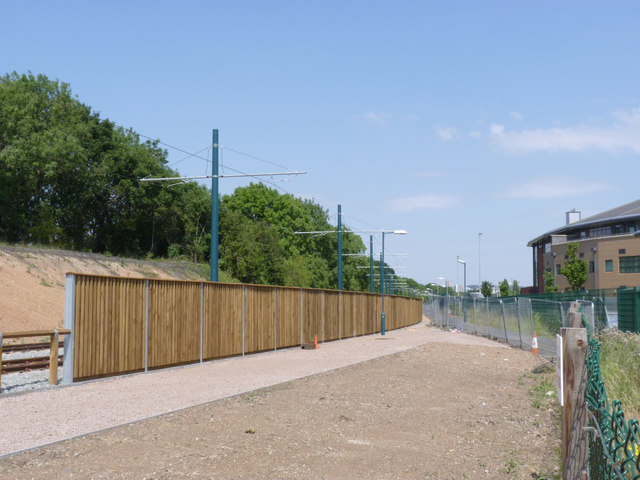If you live on a road with substantial traffic or close to a bustling expressway, you may adore your property yet need harmony and calm. Fortunately, you don’t have to modify your home with soundproof dividers (however, wouldn’t that be decent?). Fortunately, there are kinds of walls, in addition to a couple of different systems, that turn out best for obstructing or bobbing sounds from the house.
Sound wall Fences: Factors to Consider
A fence expected to fill in as a commotion road noise sound barriers or “sound wall” will regularly utilize thick tongue-and-score sheets to frame an impenetrable hindrance. These sheets are nailed to hefty rails, which, thus, are upheld by weighty posts. The usable word for clamor boundaries is clearly “substantial.” That is because, as a general guideline, mass hoses sound best—so fencing intended to hinder street sounds should be heavier than most other fencing.
For a similar explanation, artistry dividers are more compelling at impeding street sounds than even the best wooden wall. Dividers of the earth likewise make great commotion hindrances on the off chance that you can fabricate them, so they are sufficiently high, which can take a great deal of soil.
However, on the off chance that you are focused on utilizing wood, focus on a high and robust fence (no holes between the sheets). Whichever material you use, first present a nitty gritty arrangement (with exact establishment area on your property, accurate estimations, and so on) to the people pulling strings to guarantee that you won’t abuse any city mandates. A tall fence arranged near the street will frequently put you on City Hall’s hit list, mainly on a city intersection (where it could diminish drivers’ permeability). This is lamentable since stature is a critical component in hindering street sounds. Sound waves can travel directly over a short fence, in this way crushing its motivation.
One approach to improve the adequacy of a wooden commotion boundary fence is to add a soundproofing material called “mass-stacked vinyl” to it. The item is sold in rolls. Ensure it is recorded for outdoor use.
It is simplest to apply mass-stacked vinyl when a fence is currently being constructed instead of after it’s raised. The last is conceivable. However, it implies eliminating wallboards and afterward reattaching them later.
Introducing mass-stacked vinyl is basic enough once you comprehend the essential parts of a wooden fence. The posts and the rails structure the casing of the design. The mass-stacked vinyl is then stapled onto the casing. Next, cover the sheets to make as strong an obstruction as could be expected, and afterward caulk any creases with acoustical caulk. In conclusion, append the wooden boards to each side of the fence (the mass-stacked vinyl is sandwiched between boards).
Tips to Block Road Sounds
Everybody has various sensitivities to different sounds. Attempt the accompanying clamor covering stunts to check whether one works best to redirect your consideration from outside road commotion:
- Putting background noise or fans inside
- Streaming pink clamor in your home
- Hanging wind tolls outside
- Wearing commotion dropping earphones or earplugs
- Introducing commotion decreasing window draperies and shades









